
Tips on How to Make Turkish Tea YouTube
Steep tea for about 12 minutes. Keep the water in the lower kettle boiling. While tea steeps, fill 2 Turkish tea glasses with hot water to warm the glass, then discard the water. Pour brewed tea into each Turkish tea glass. If you prefer weaker tea, fill glass 1/2 or 2/3 full with tea and the rest with hot water.

The Essences of Turkish Tea Travel blog Traveling Lens Photography
Oralet These bright, colorful tea leaves resemble the rainbow sprinkles we often see on desserts. A fruit tea, oralet is available in flavors such as orange, apple, lemon, and cherry. Since this tea is naturally sweetened, don't feel the need to add a dash of sugar. Instead, enjoy this sweet brew and it's fruity flavors naturally.

Como preparar y tomar el té en Turquía. Un guiño a Turquía
Step 1: Choosing the Right Tea Leaves Step 2: Measuring the Tea Step 3: Filling the Bottom Pot with Water Step 4: Placing Tea Leaves in the Top Pot Step 5: Adding Water to the Top Pot Step 6: Assembling the Double Teapot Step 7: Steeping the Tea Step 8: Pouring the Tea into Glasses Step 9: Adding Sugar and Stirring

All About Turkish Tea Types, How to Drink It and Health Benefits
Limited Edition Flavors; Flavor Finder; Product Discovery; Submit a Flavor Idea; Scoop Shop Flavors; drinks. Iced Tea Turkey Hill Drinks Iced Tea; Fruit Drinks; Iced Coffee; Milk; Egg Nog; product discovery; recipes. Ice Cream Recipes; Iced Tea Recipes; Lemonade Recipes; Lancaster County Recipes; Egg Nog Drink Recipes; Egg Nog Ice Cream Recipes.
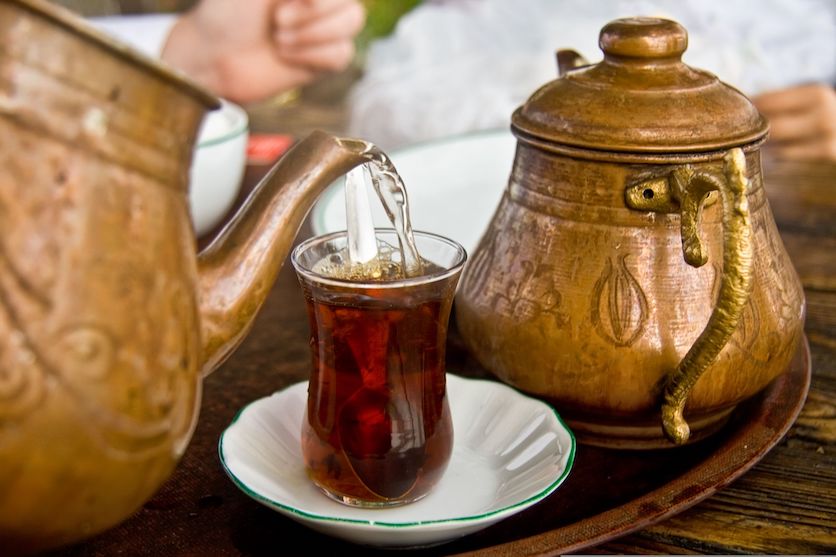
Turkish Tea Taste, Benefits, and Brewing Tips Tea Backyard
Use a traditional Turkish kettle or a double boiler to brew Turkish tea. Simmer your tea for 10-15 minutes; you can tell the tea is ready when the leaves sink to the bottom of the pot. Serve your tea with borek or sweet baklava for a simple side snack, and add sugar or lemon to your tea if you want a more dynamic flavor.
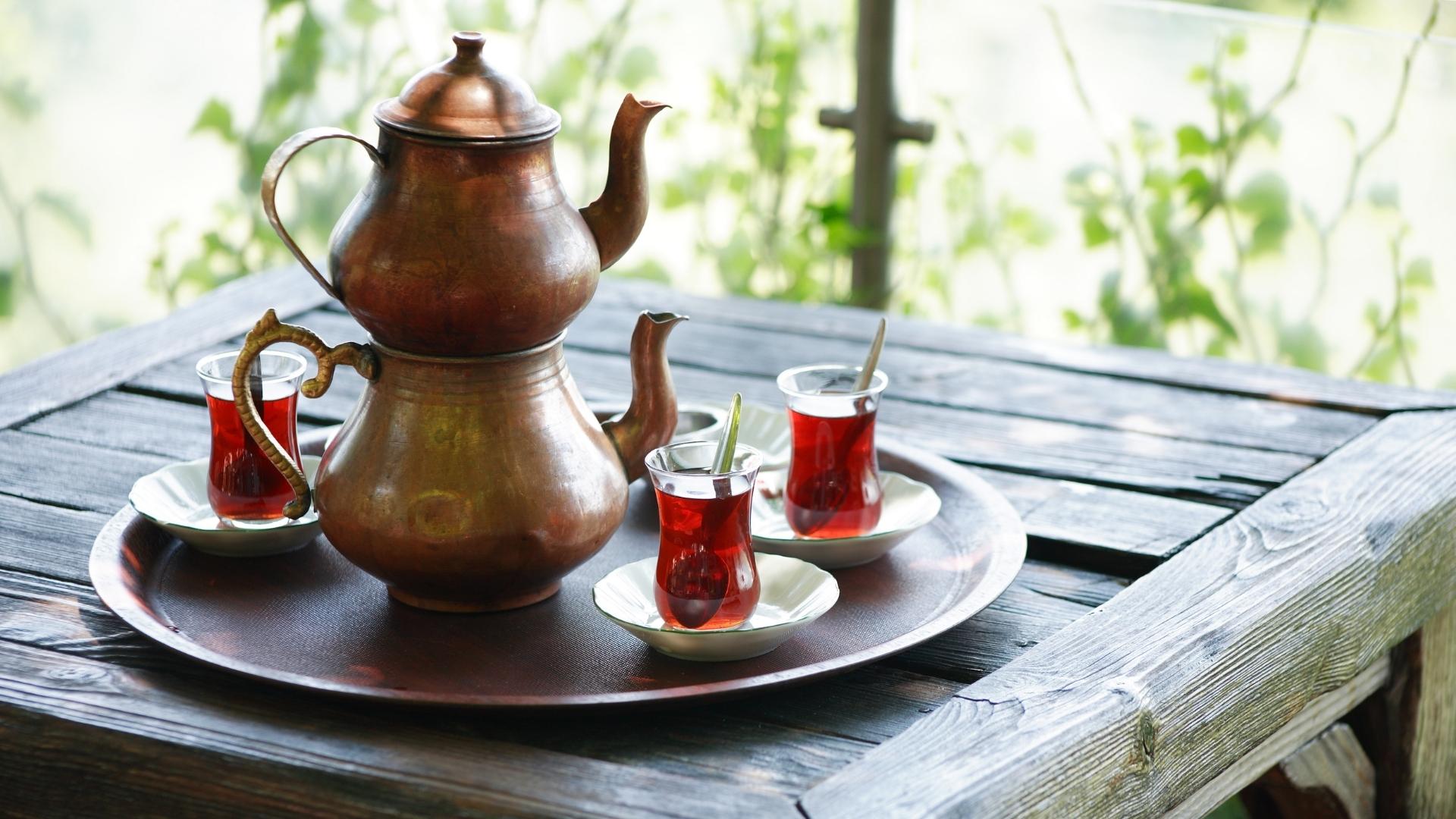
Turkish Tea All You Need to Know About Çay Limak Hotels Brand Blog
Turkish tea is popular because of its unique flavor and aroma, as well as its role in Turkish culture and hospitality. What is the traditional brewing method for Turkish tea? The traditional brewing method for Turkish tea involves using a two-tiered teapot called a "çaydanlık" to brew the tea leaves in the top pot and boiling water in the.
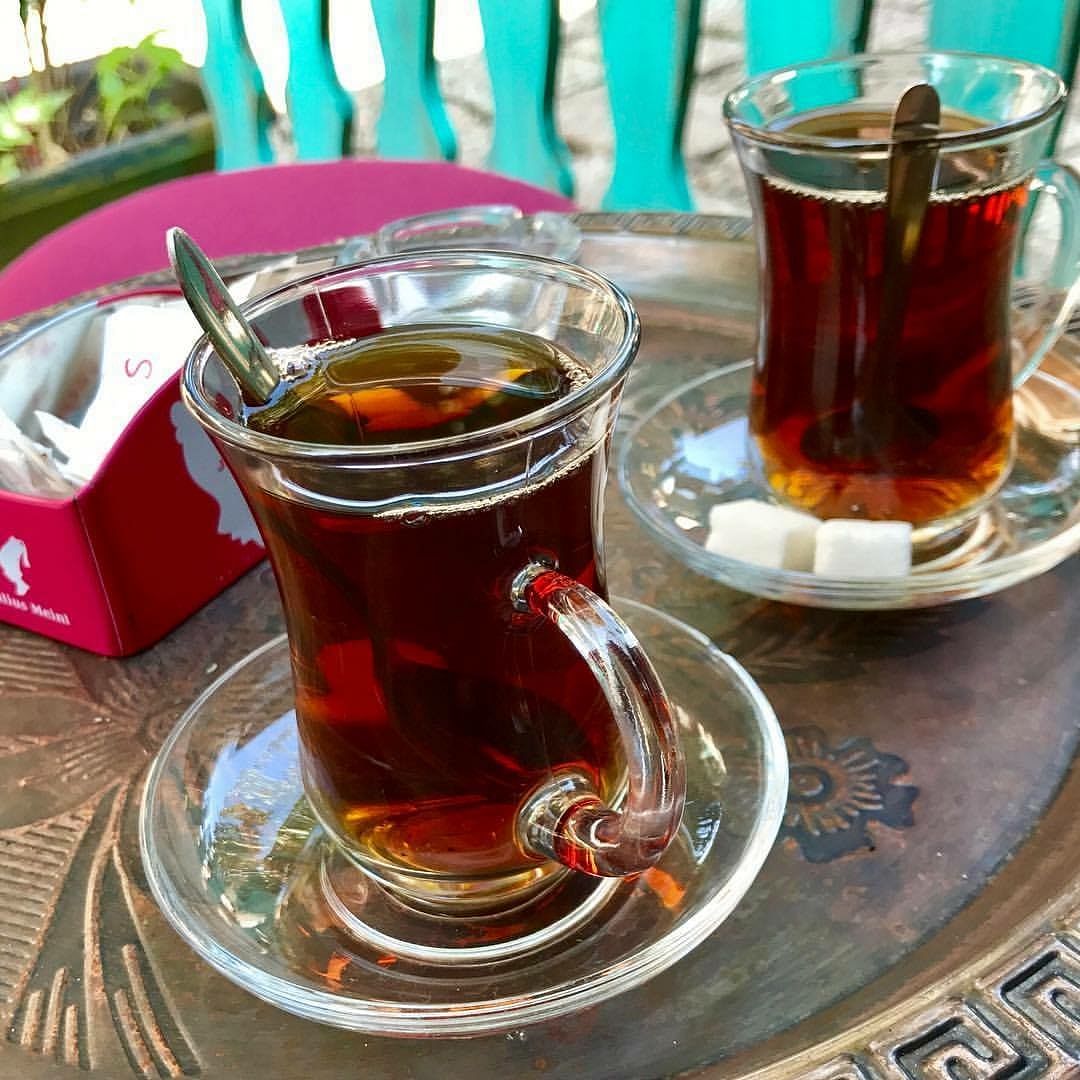
International Tea Day Here’s Celebrating the Finest Turkish Tea
Showing 1-12 of 33 results Hafiz Mustafa Turkish Black Tea, Hafiz Mustafa Rated 4.96 out of 5 (46) $ 20.00 $ 12.00 Select options Caykur Altinbas Classic Black Tea, 500g - 17.64oz Rated 4.94 out of 5 (17) $ 25.00 $ 15.00 Add to cart Hazer Baba Turkish Black Tea, Hazer Baba, 150g - 5.30oz Rated 4.89 out of 5 (9) $ 20.00 Add to cart Caykur

How to Make Turkish Tea The Perfect Cup of Çay Recipe
Earl Grey Turkish Tea is a popular variation that combines the flavours of traditional Turkish tea with bergamot, a citrus fruit. The addition of bergamot gives the tea a distinctive floral and citrusy aroma, adding a unique twist to the classic Turkish tea experience. 3. Apple Tea (Elma Çayı)
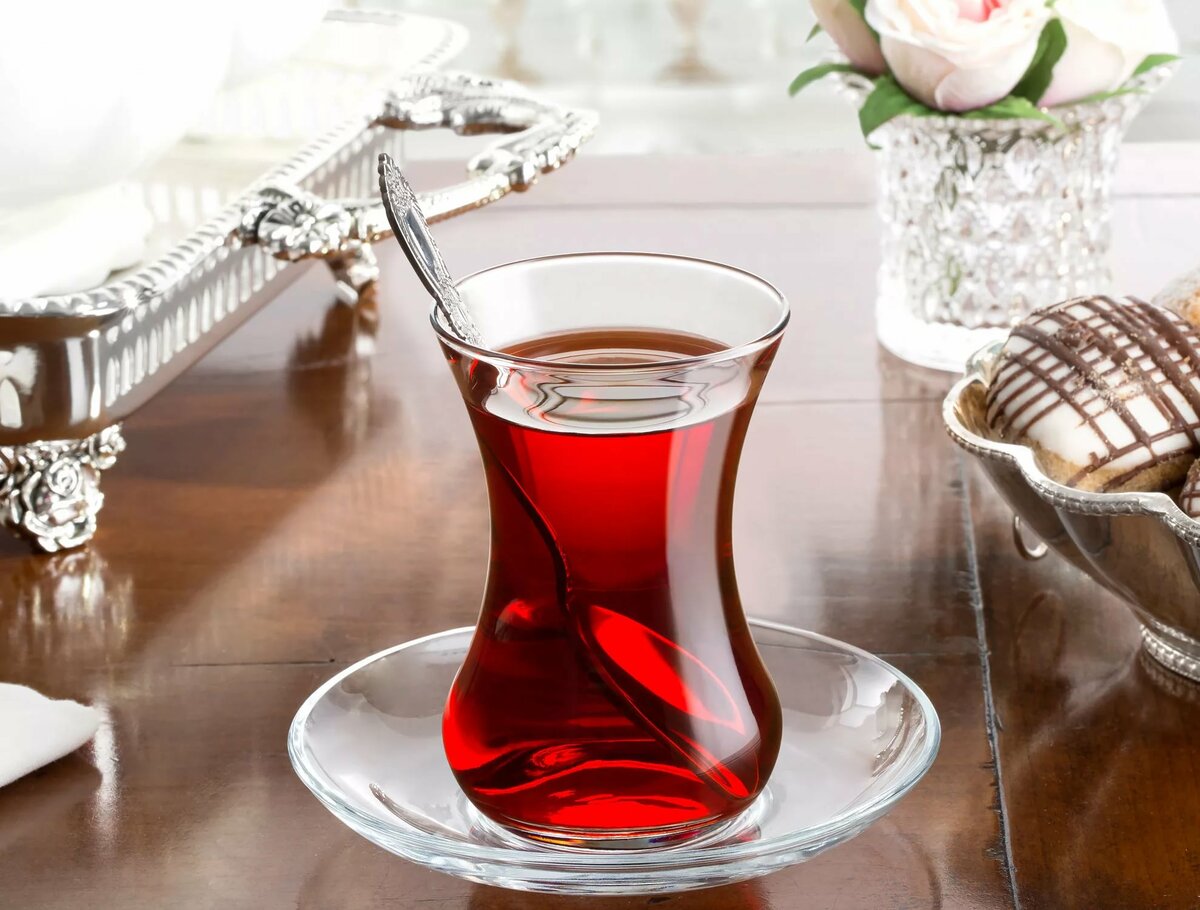
All About Turkish Tea The National Drink Of Turkey (And Its Benefits) Buyfromturkey
Indulge in the exquisite taste of Nar Tea, a tantalizing blend of flavors that will transport you to the vibrant streets of Turkey. This traditional Turkish herbal tea is made from the finest pomegranate leaves, giving it a unique, refreshing, invigorating, and soothing taste. Packed with antioxidants and health benefits, Nar Tea is a delicious.
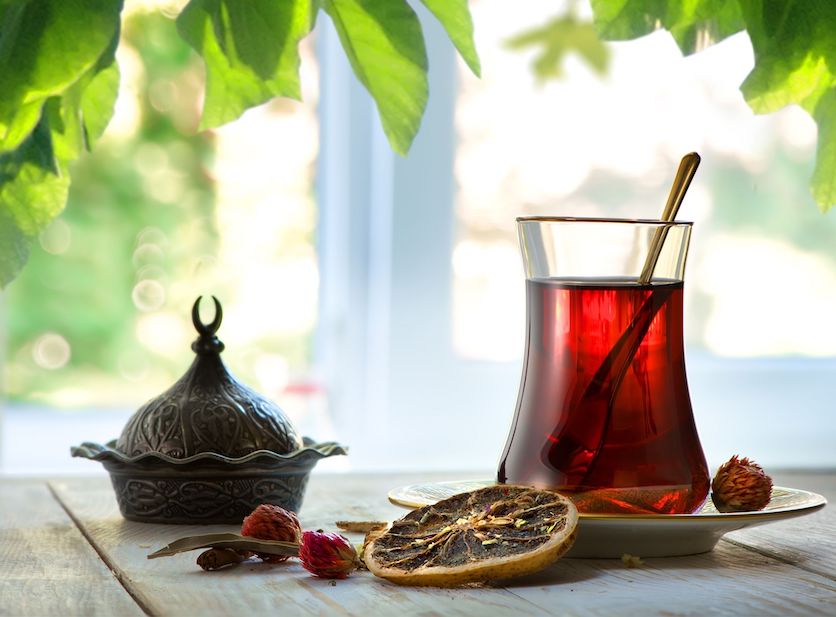
Turkish Tea Taste, Benefits, and Brewing Tips Tea Backyard
people shared the story Who knew that a 4.25 oz. serving of concentrated tea had the power to build bridges between people. Turkish tea, a hookah, and interesting conversation bind people of all walks of life together. This combination is way better than a juicy soap opera and a box of bonbons!
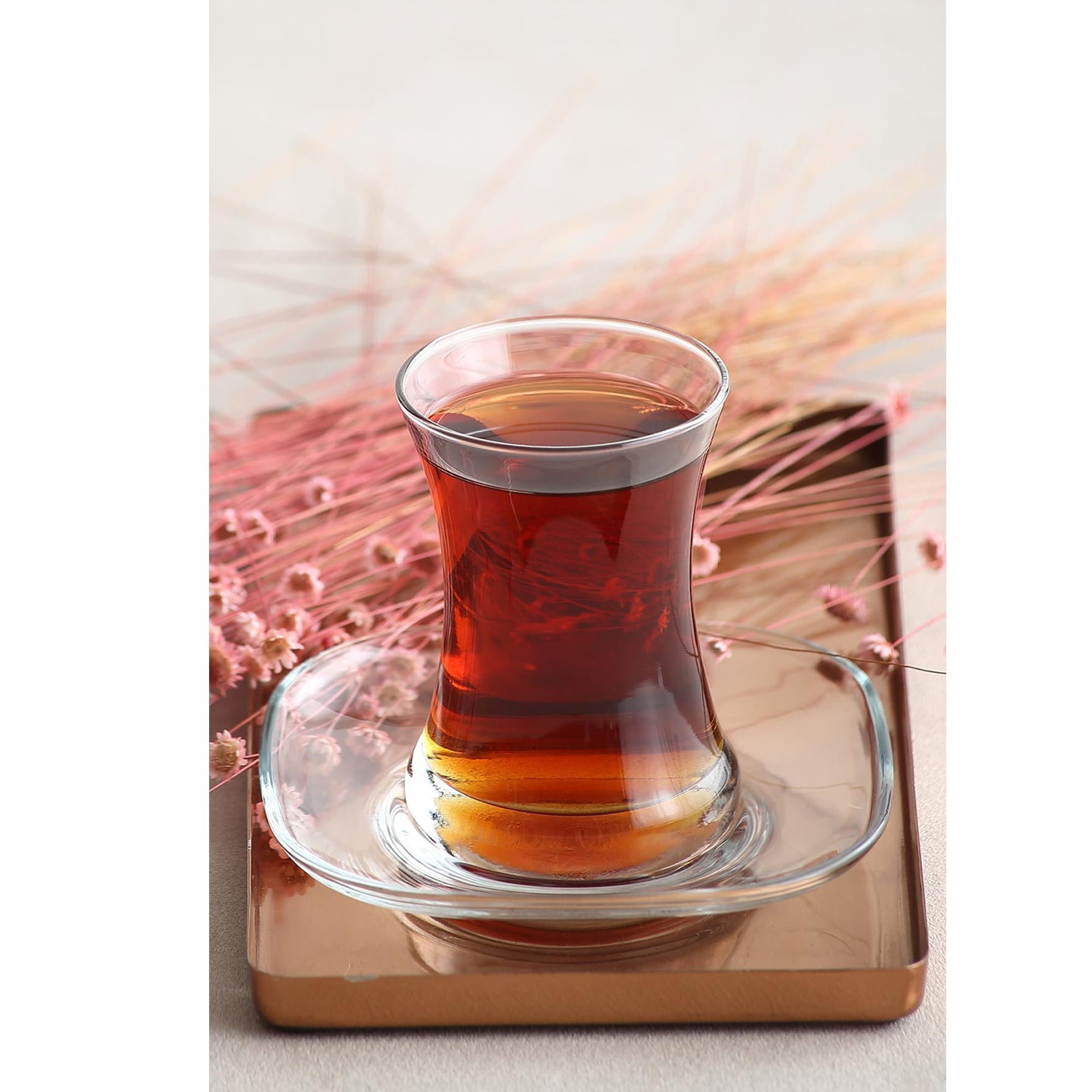
LAV Turkish Tea Glasses Set of 6, Authentic Middle Eastern Tea Cups Set, 5.25 oz (155 Cc
What Kind of Tea is Popular in Turkey? Caykur from the northeast Rize region of Turkey is the most widely used brand of black tea. The mild climate of this special place, known as Turkey's tea capital, suits green mountainsides covered with plantations. As Rize's leading trade, estimates say every second adult works in the industry.
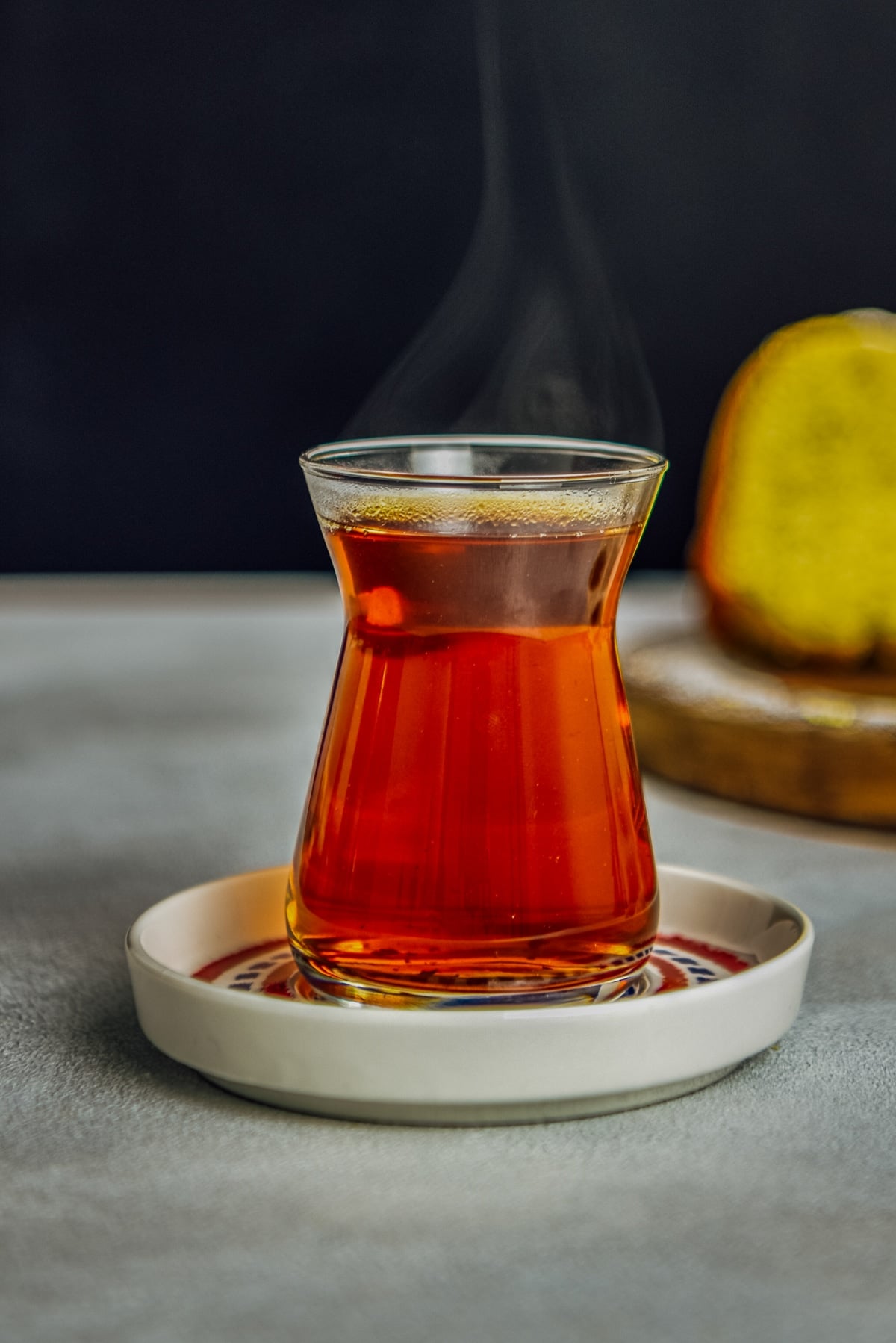
Turkish Tea How To Make It Give Recipe
Sometimes spices like cinnamon or cloves are added for flavor. Turkish tea is said to have a number of health benefits, including helping to improve digestion and blood circulation. Turkish tea does contain caffeine, though the exact amount depends on the type of tea and how it is brewed. What Is Best Turkish Tea? 1.

How To Make Turkish Tea
1. Çaykur: The Authentic Choice Origin: Çaykur tea comes straight from Turkey's Black Sea region. Caykur is famous for its real taste and good quality. They hand-pick their tea leaves from the lush gardens of the Black Sea. This makes the tea capture the feel of that area. 2. Lipton: A Fusion of Global and Turkish Flavors

Pin on Turkish Fruit Tea
Boil your water in the smaller pot. To the boiled water, add one teaspoon of tea into the pot for each glass (100mL) you will serve. Allow the mixture to brew for approximately 10 minutes - there is no need for reheating. Boil the additional water in your larger pot (or kettle). To serve: Fill each glass only 1/3 with the brewed tea mixture.

Traditional Turkish Tea Food Images Creative Market
Put them together (small one above the larger) on the stove over medium high heat. Bring it to boil. Reduce the heat and let it simmer for about 5 minutes so that the heat reaches the tea leaves in the small tea pot. Transfer more than half of the water in the large tea pot into the small teapot.

Turkish tea and delights by Yulia Kotina on 500px turkishrecipes Turkish tea, Turkish tea
Place the loose Turkish tea leaves into the top teapot and place it on top of the boiling water in the bottom teapot. 3. Reduce heat to low and allow the tea to steep for 10-15 minutes. 4. Pour the tea into small traditional glasses, filling them only about a third of the way full. 5.